ShutterGroove » Fujifilm Recipes » 35mm Film Recipes for Fujifilm Cameras » Ektachrome 1600 Recipe For Fujifilm – Gritty & Muted Film Look
I’ve been working on something new at ShutterGroove: a custom film simulation inspired by Kodak Ektachrome 1600, Kodak’s rare high-speed slide film. Unlike the polished, clean tones of the Ektachrome E100 recipe, the Ektachrome 1600 film simulation recipe leans gritty, muted, and raw—perfect for those who want a nostalgic edge in their digital photography.
This recipe is designed to capture the imperfect charm of the original stock, with subdued colors, noticeable grain, and a moody depth that feels like stepping back into the 90s. It works especially well under bright daylight with strong shadows, but it also shines at night under neon lights and dim street lamps. Let’s find out more in the post below.
This Fujifilm Ektachrome 1600 recipe is built on Classic Chrome, which means it’s available across nearly all Fujifilm X-series cameras. While it’s fine-tuned for X-Trans IV and V models, you can use it on older Fujifilm cameras too, making it versatile for any setup.
Dynamic Range: DR400
Highlight: -1
Shadow: 0
Color: -2
Noise Reduction: -4
Sharpness: -1
Clarity: 0 (or +1 for extra punch)
Grain Effect: Strong, Large
Color Chrome Effect: Weak
Color Chrome FX Blue: Off
White Balance: Daylight, Red -1 / Blue -2
ISO: 1600 (for authenticity)
Exposure Compensation: -1/3 to 0
This Positive Film recipe is specifically designed for Fujifilm X-Trans IV and V cameras, including models such as the X-T5, X-T4, X100V, X100VI, and X-E4. While the final look may shift slightly based on your lens choice and lighting, the overall style remains true to the recipe.
The Ektachrome 1600 Fujifilm recipe isn’t for every situation, but when used intentionally, it delivers a unique character.
Daylight Street Photography – Captures the raw feel of urban life with muted tones and visible grit.
Travel Photography – Perfect if you want your images to look like they came from an old slide projector.
Try Highlight: -2 / Shadow: -1.
This creates a flatter, more faded transparency look—almost like an old slide projector image.
The Ektachrome 1600 recipe for Fuji is one of the most versatile film simulation recipes for Fujifilm to choose from, and it’s all about atmosphere. Since it’s built on Classic Chrome, you’ll notice a softer color palette with a gentle roll-off in the highlights. To get the best results, think like a film shooter—pay attention to light, shadows, and contrast.
When shooting in daylight, look for strong light with defined shadows. Backlit scenes, urban streets, and portraits in open shade all bring out the muted blues and subdued reds that define the Ektachrome 1600 recipe. The built-in grain effect adds texture, giving your shots the look of scanned film rather than clean digital files.
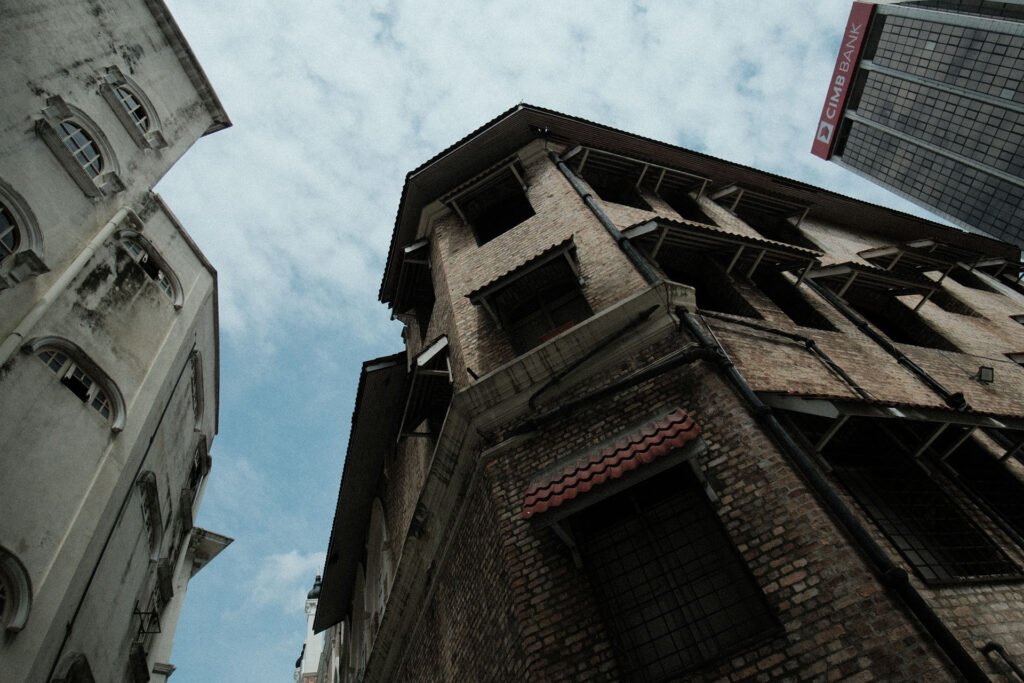
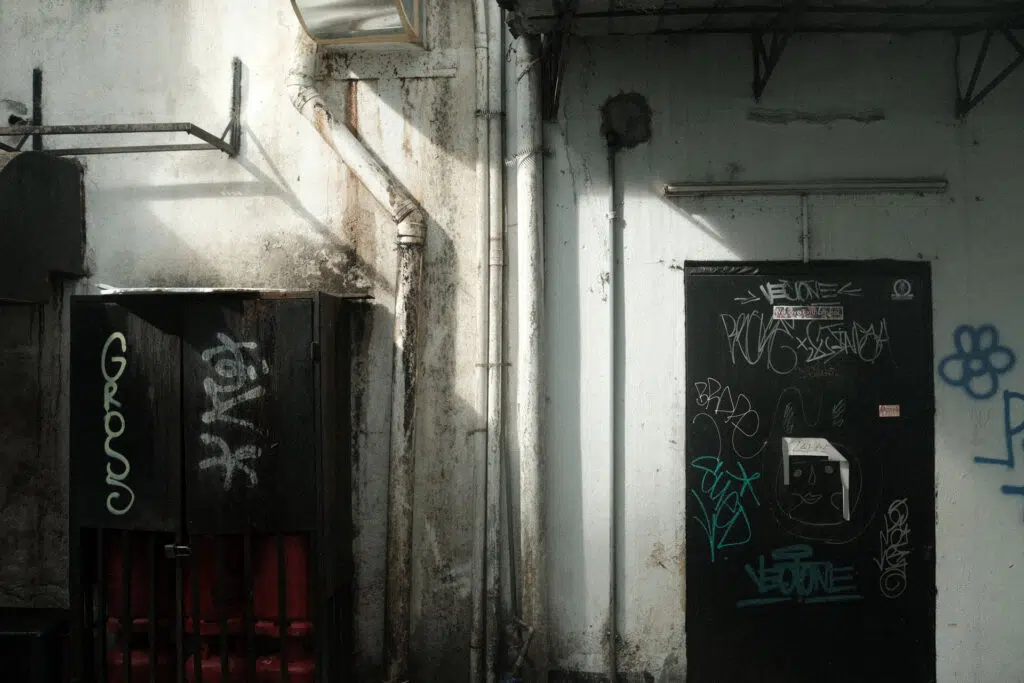
To get the most out of the Ektachrome 1600 recipe, it helps to think about the way high-ISO slide film behaved back in the day. This recipe is designed for harsh contrast, making it versatile, but there are a few sweet spots where it shines.
For street photography, it works beautifully in late afternoon or night settings. Neon lights, reflective puddles, and urban shadows all play into its cinematic tones. Since it’s based on Classic Chrome, the recipe keeps colors restrained, which prevents neon and street lamps from looking oversaturated.
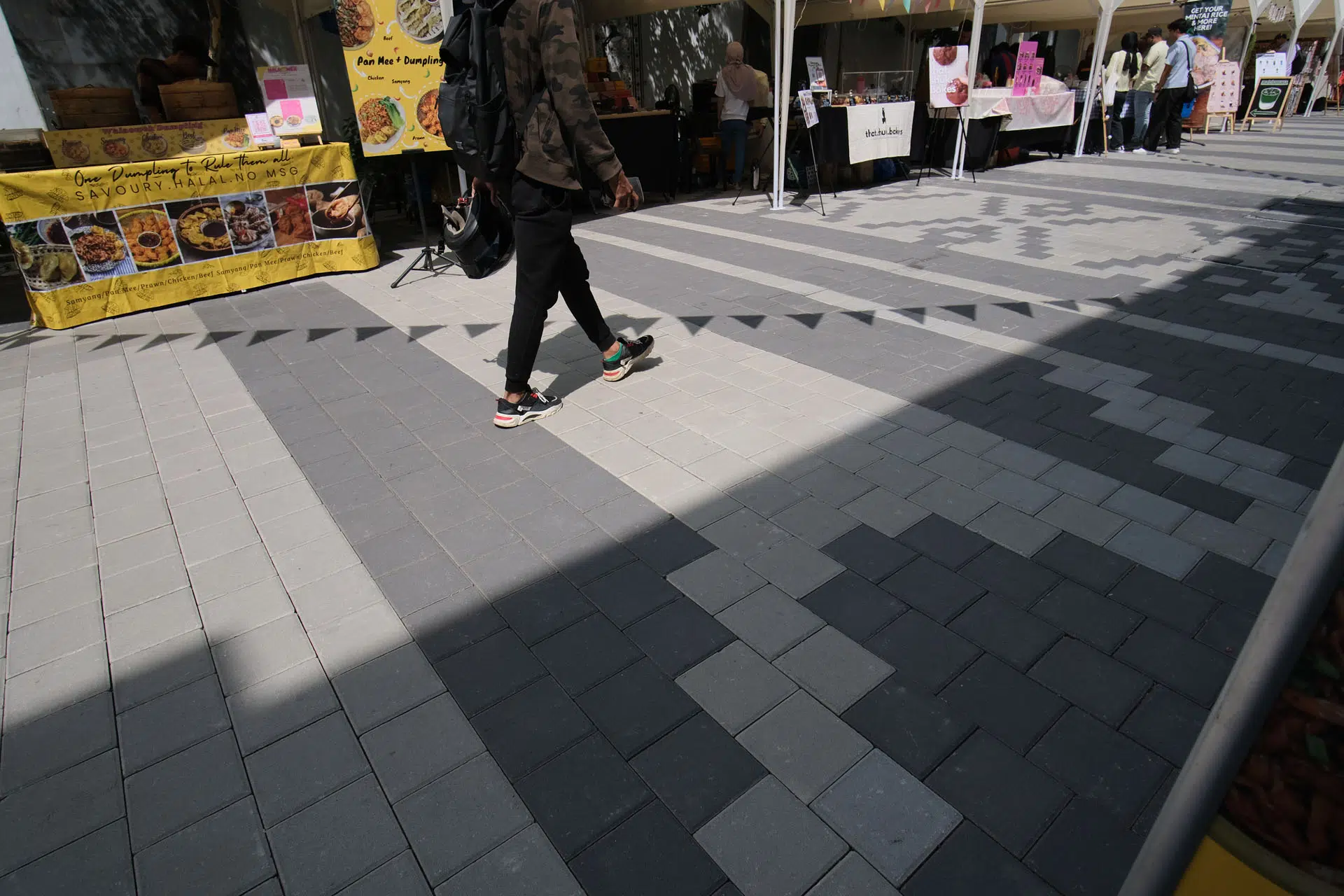
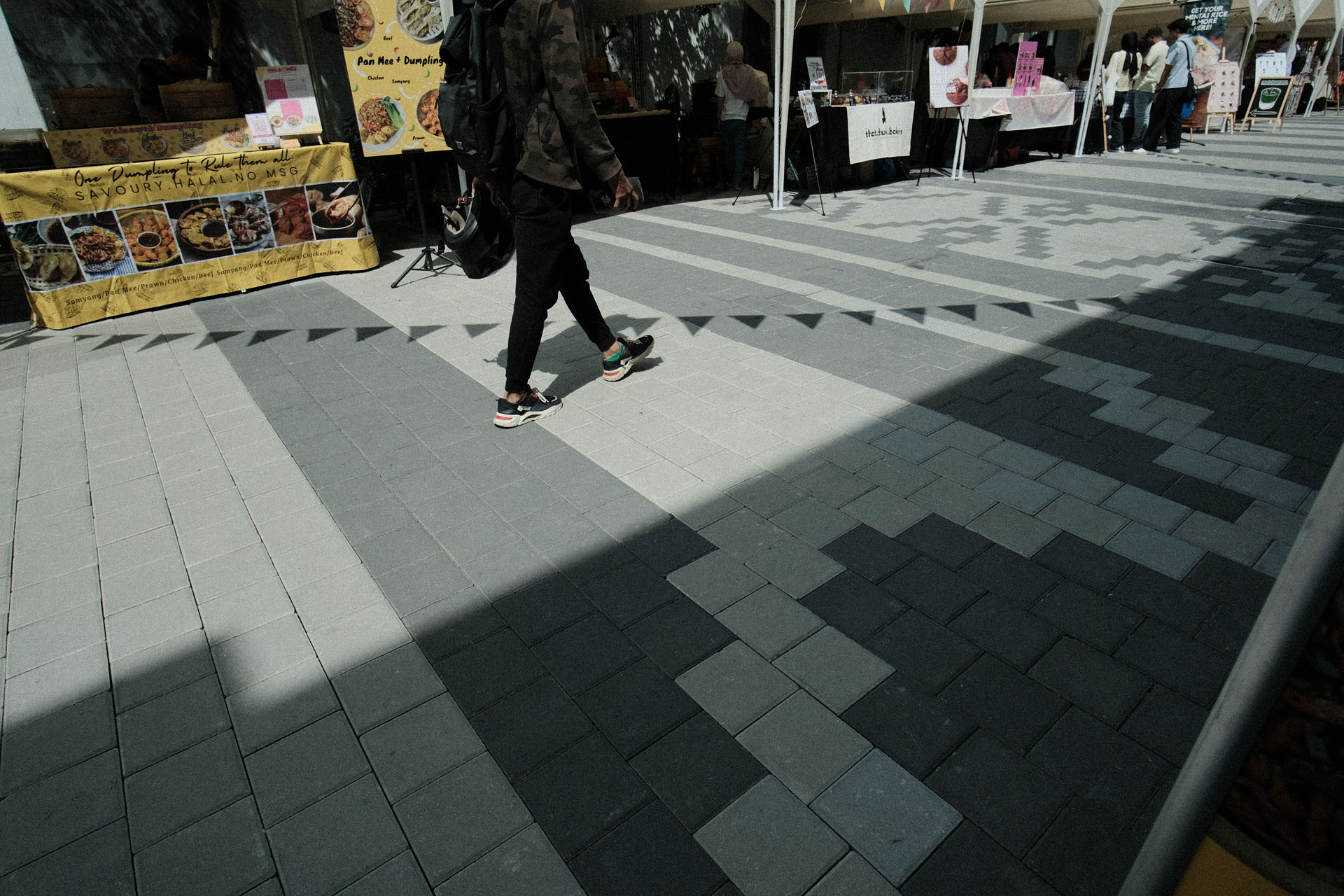
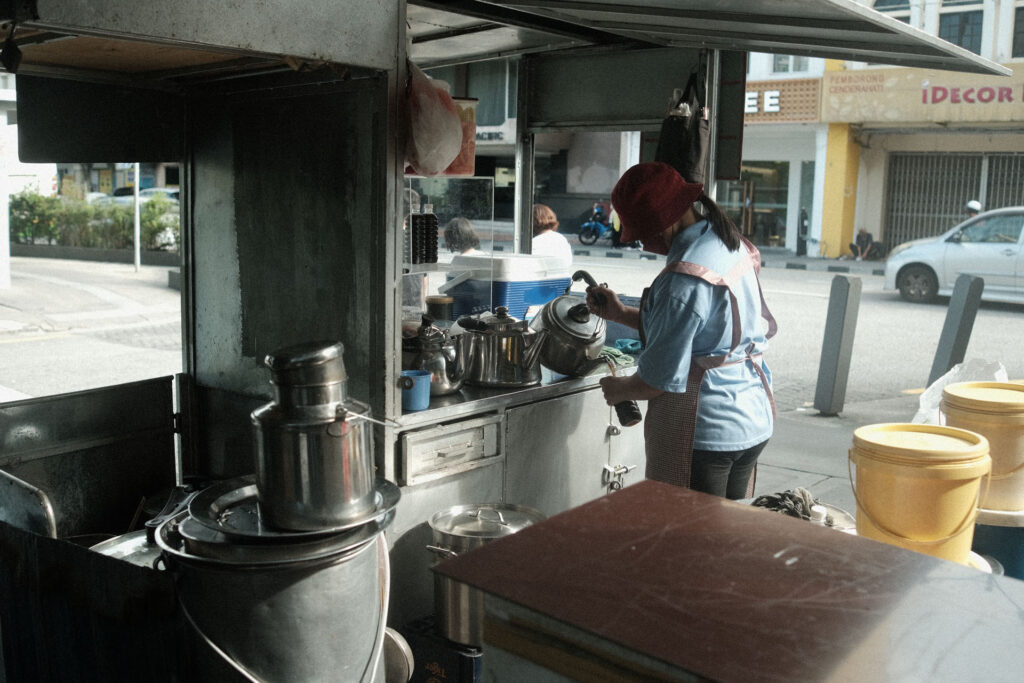
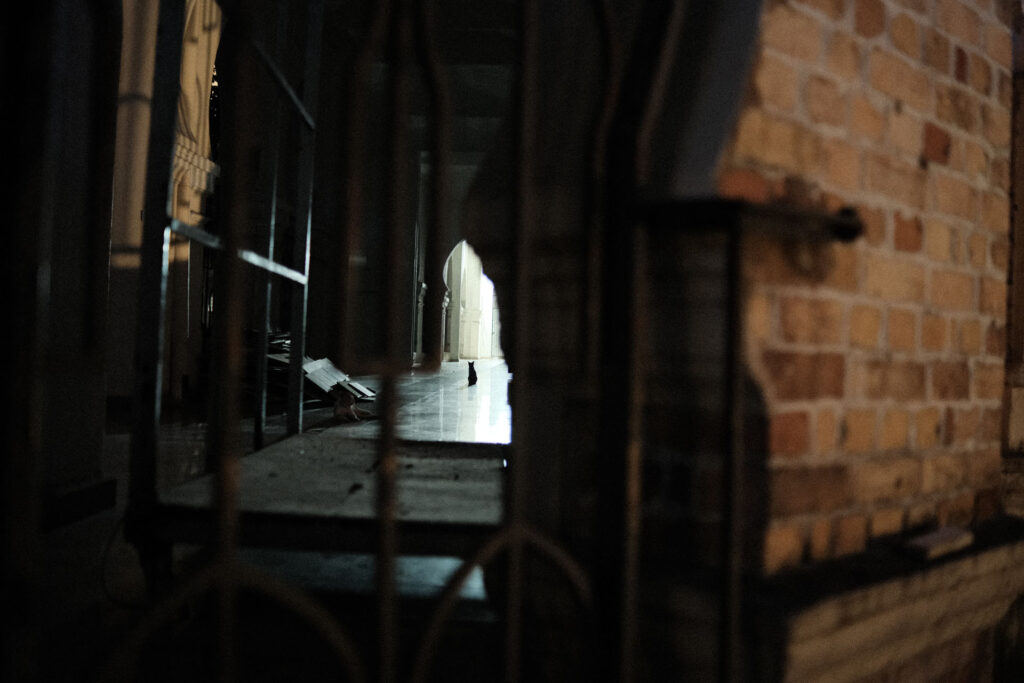
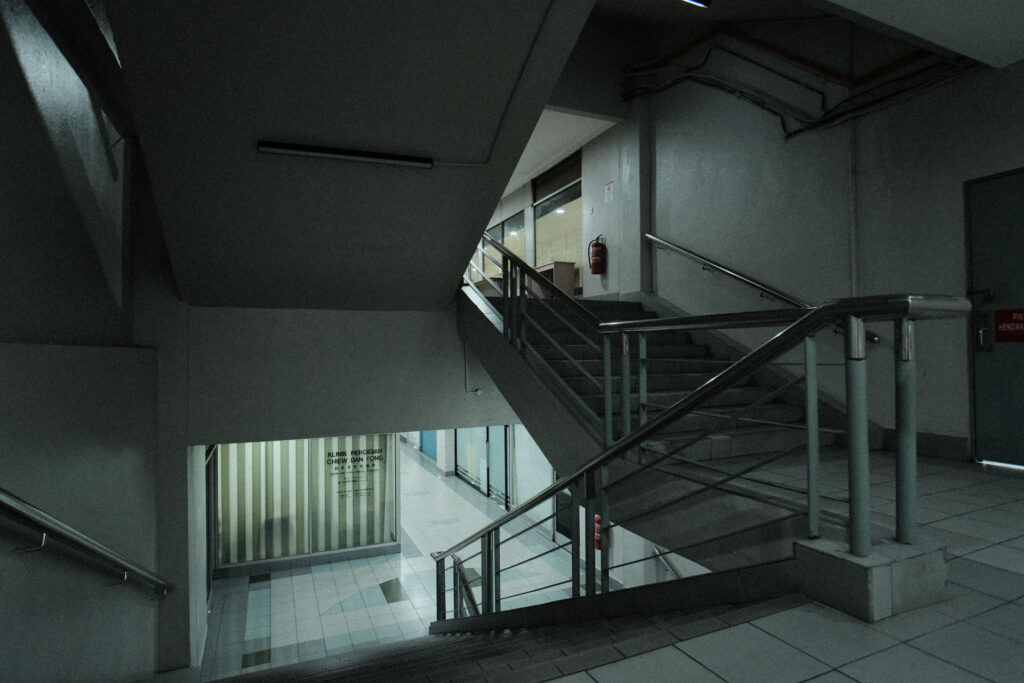
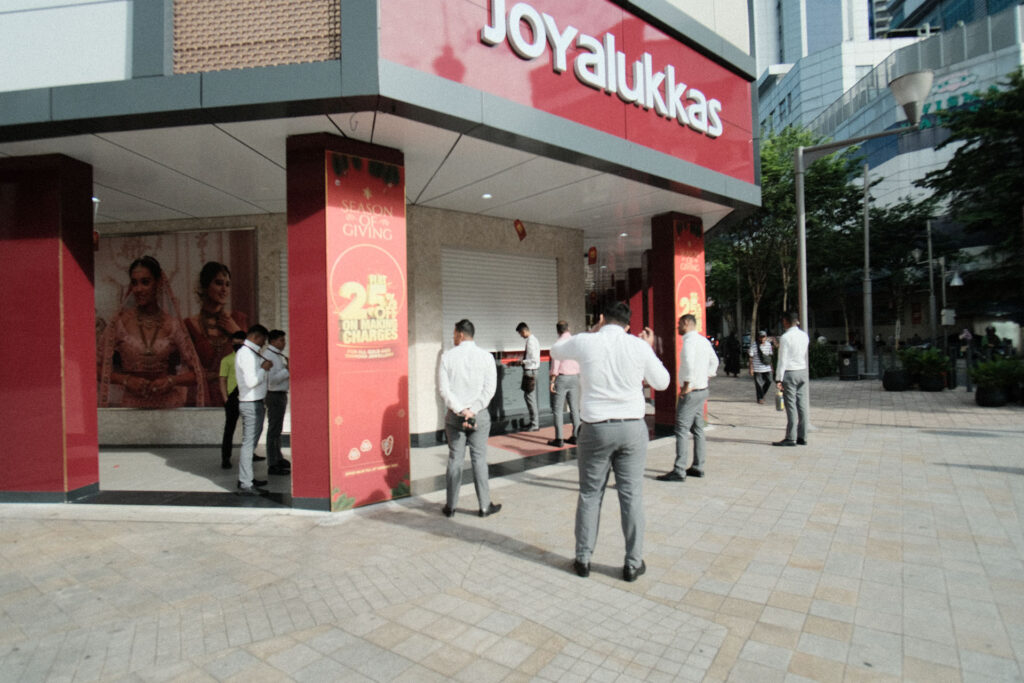
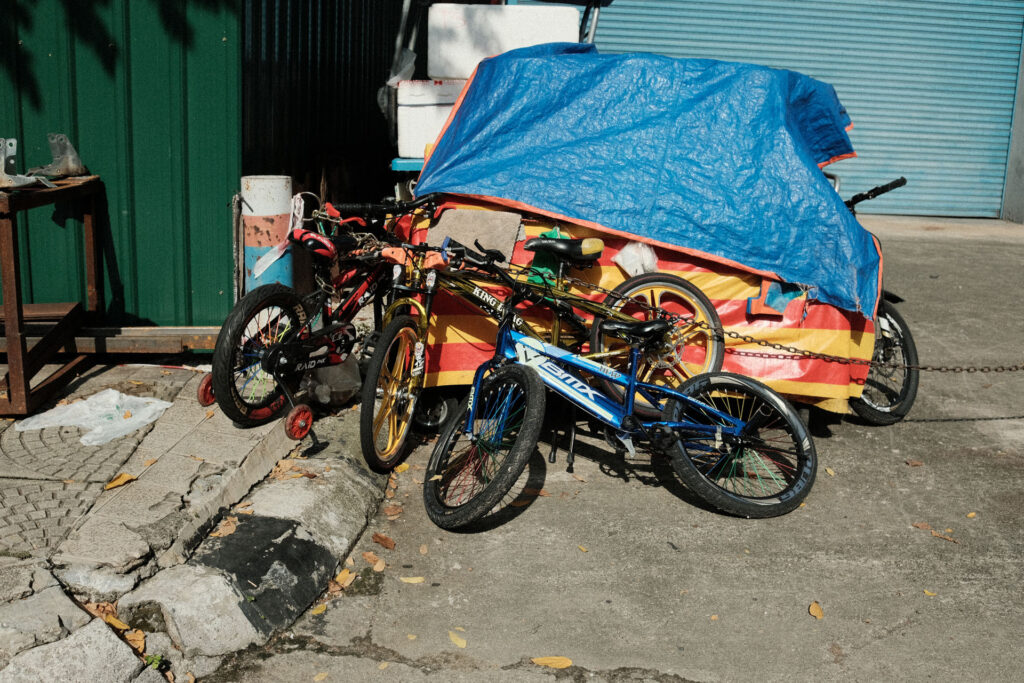
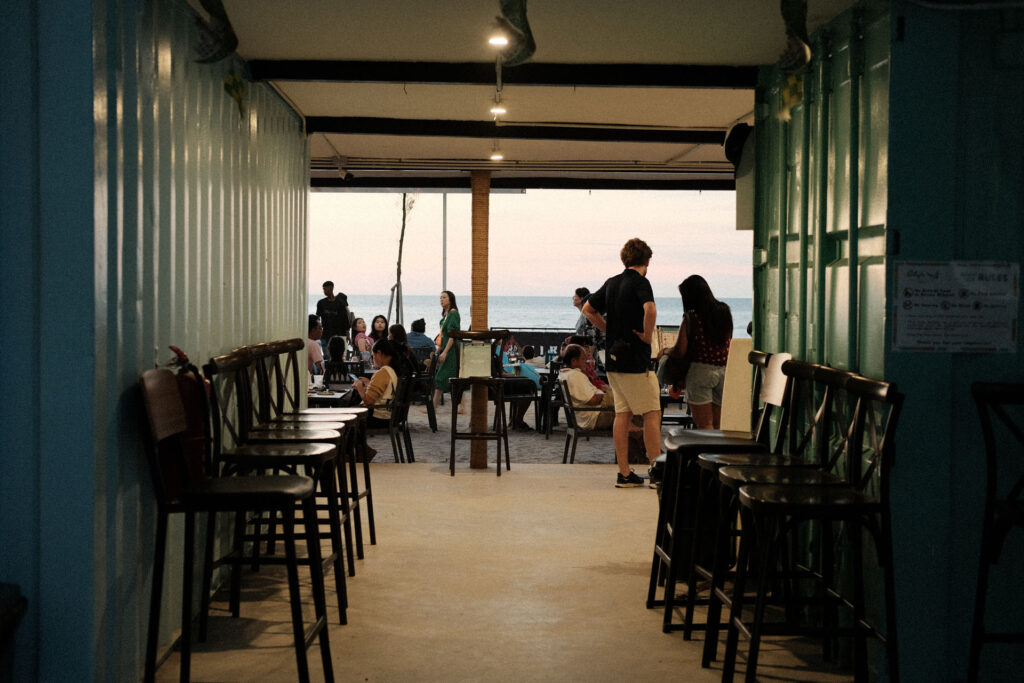
At night, the recipe transforms. Street lamps, neon signs, and dim indoor lighting create a cinematic feel. Blues and greens pick up a slightly dirty cast, while warmer tones glow in a way that mimics pushed slide film. Don’t be afraid to underexpose by about two-thirds of a stop to deepen the shadows and let highlights pop.
The Ektachrome 1600 film simulation recipe is all about embracing imperfection. It’s not for those chasing clean digital perfection—it’s for photographers who want their images to feel raw, nostalgic, and full of character. Whether you’re shooting on bright sunny streets or capturing gritty night scenes, this recipe gives your Fujifilm shots the texture and tone of a film that very few people have ever shot in real life.
If you enjoy this look, you might also want to try my Positive Film Fujifilm Recipe, which delivers a punchier, Ricoh-inspired aesthetic while still being based on Classic Chrome. For even more throwback looks, check out my collection of 35mm Film Recipes, where I’ve recreated different classic emulsions for your Fujifilm camera.
This new Ektachrome 1600 recipe is just another step in exploring the different ways Fujifilm cameras can mimic the magic of film. Load it up, head out into the streets, and see how it transforms your photography.
Happy shooting!
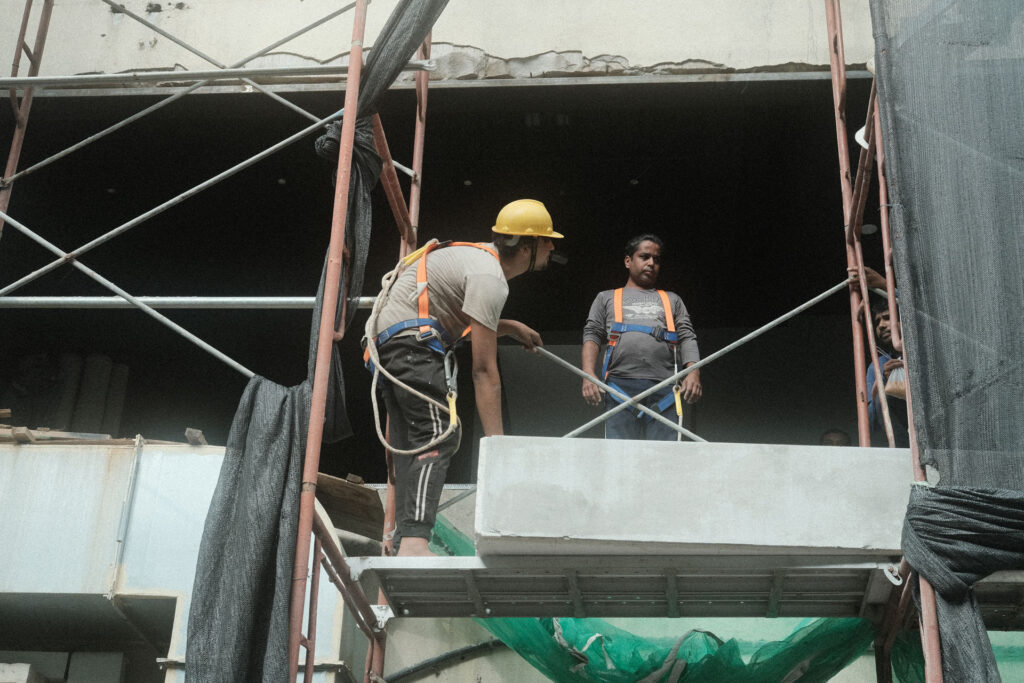
Note: The Fujifilm film simulation recipes shared on this website are based on personal experience and experimentation. These settings are designed to mimic the look of various film stocks but are not exact replications. Film characteristics vary based on factors such as lighting, lens choice, and camera model. Results may differ depending on individual shooting conditions and preferences. Use these recipes as a creative starting point and adjust them to suit your style. This content is not affiliated with or endorsed by Fujifilm or Kodak. Some links on this page may be affiliate links, which help support the site at no extra cost to you.
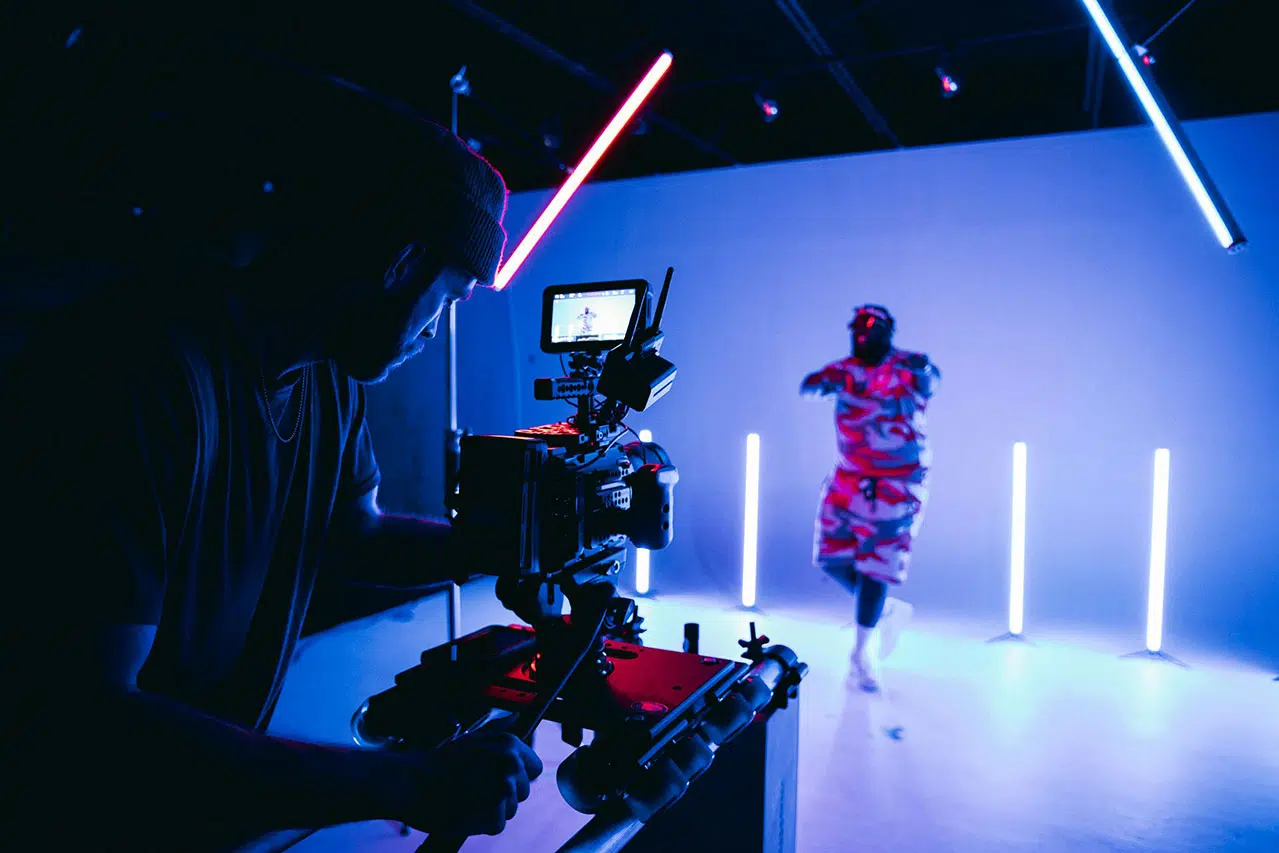
Curated Camera Gear & Vinyl Records